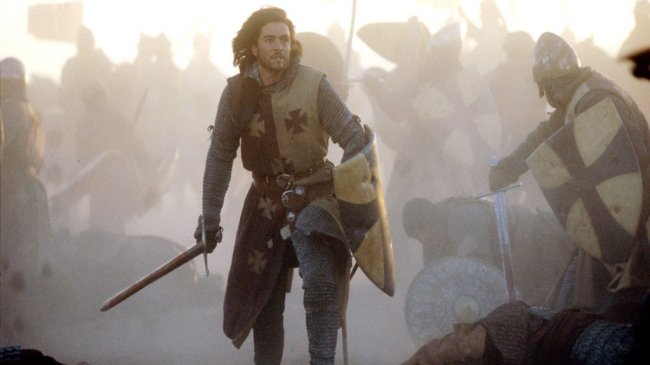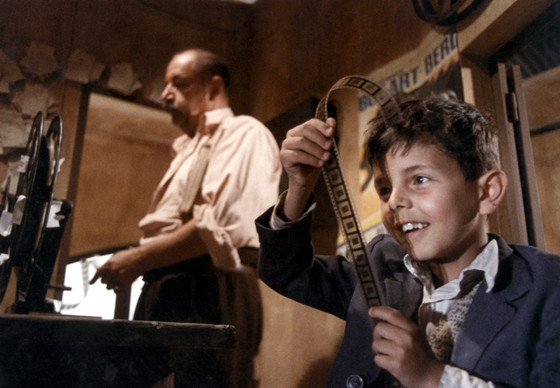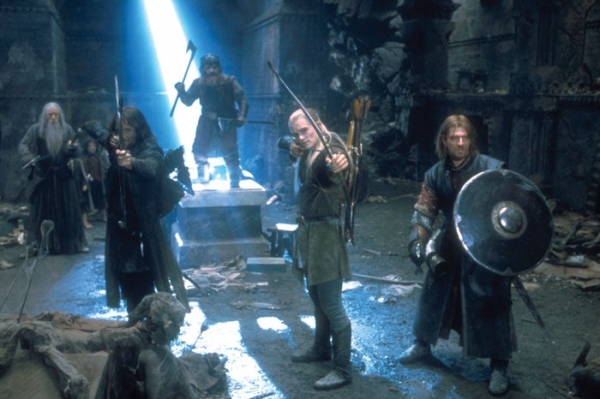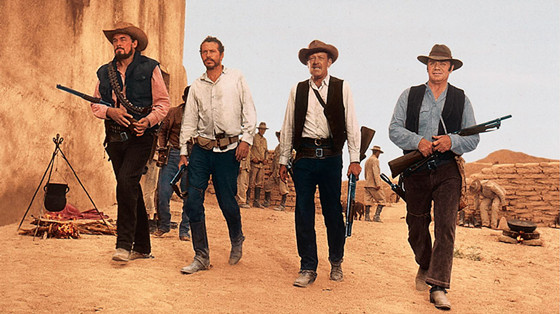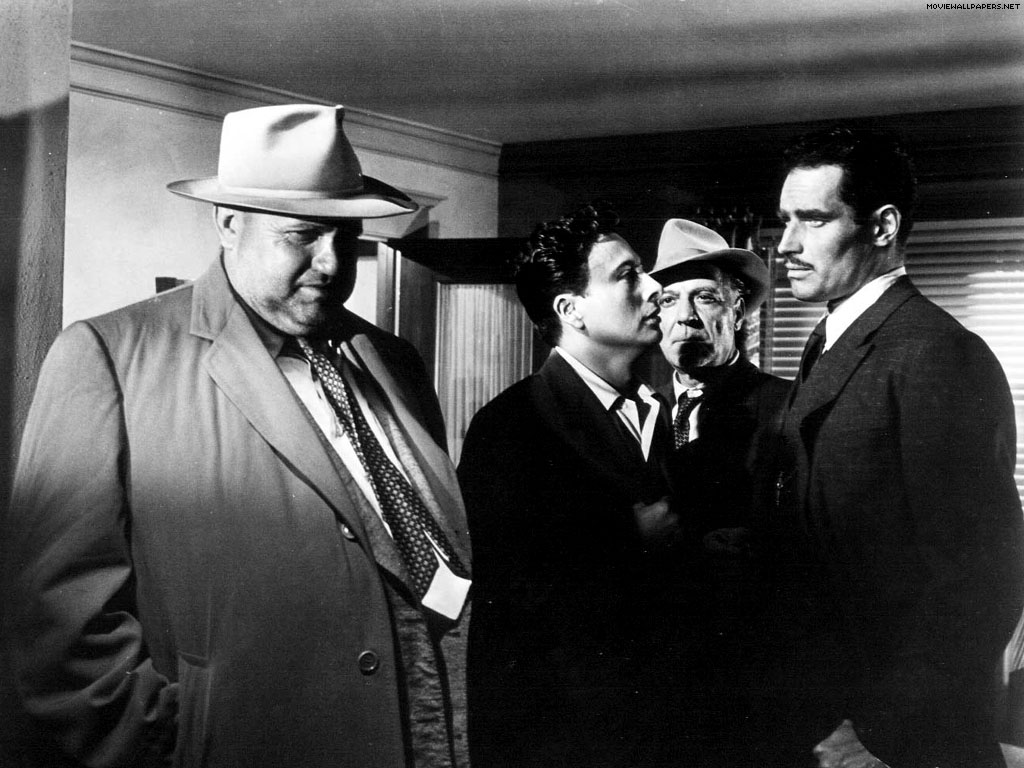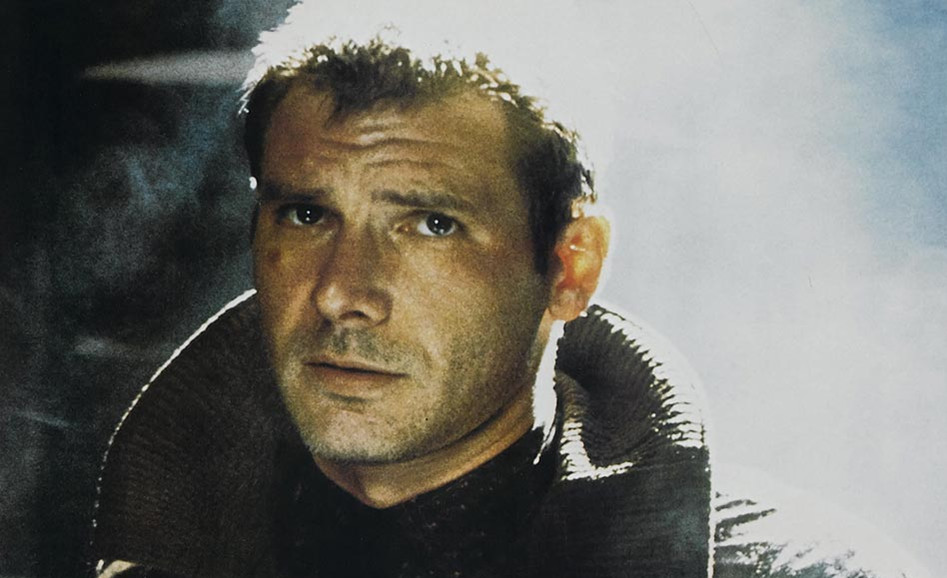8. Kingdom Of Heaven
Ridley Scott felt his 2005 depiction of the Crusades was ruined by studio efforts to make the film appeal to a more mainstream audience. When he was given the chance to revise the film, he ended up making one of the most well regarded director’s cuts of all time. The scenes restored to the movie give greater detail to the motivations of Orlando Bloom’s Balian and Eva Green’s Sybilla, making their character arcs feel more natural.
Balian’s rise through the ranks to becoming a great military leader make more sense with the addition of scenes that detail his war-time experiences and how he learns from them. Sybilla’s relationship with her brother, Edward Norton’s King Baldwin, also receives particular attention, and ultimately informs some of the shocking decisions she makes later in the movie. In addition, Scott’s epic battle sequences are restored in full, allowing for a more brutally realized depiction of the era’s confrontations.
7. Cinema Paradiso
This Oscar-winning love letter to the magic of movies plucked the heartstrings of moviegoers around the world, and in 2002, it received an expanded cut. While most of the flashbacks to protagonist Salvatore’s childhood and adolescent years go unchanged, the key expansion is applied to the present-day storyline, in which Salvatore reunites with his lost love Elena, and also learns an upsetting secret about his mentor and surrogate father Alfredo.
It provides closure to the Salvatore/Elena storyline, which seems to abruptly end in the original cut, and adds more layers to some of the film’s thoughts on the idealized love of cinema. Life isn’t easy, or perfect, but Cinema Paradiso suggests that the magic of cinema can give us an escape, and the director’s cut makes that more apparent.
6. The Lord Of The Rings: The Fellowship Of The Ring
The overall quality of each of the Lord Of The Rings Extended DVD sets is off the charts, but in terms of the merits of each film, the first installment in Peter Jackson’s epic fantasy adaptation is the strongest of the trilogy in terms of how the extensions impact the overall film. While Return of The King overdid things and the additions to The Two Towers were (mostly) inconsequential, Fellowship Of The Ring benefited the most from Jackson’s expansion.
From huge new segments, such as the Fellowship arriving in Lothlorien, to smaller add-ons, like the Shire tavern scene; Jackson takes an already rich universe and expands on it in a way that improves Fellowship Of The Ring from beginning to end. Unquestionably the version to see if you’re starting out on your own journey to Mordor.
5. Heaven’s Gate
Michael Cimino’s ambitious follow-up to his Oscar winning film The Deer Hunter pushed the budgetary and runtime limits of its time. Heaven’s Gate is one of the most infamous films of all time not only for the way it ruined the futures of both Cimino and distributor United Artists, but also for the number of cuts that have been created since this epic film was first released.
Set across several decades at the end of the 19th century, Heaven’s Gate follows friends Jim Averall and Billy Irvine from their final days at college to their troubled adulthoods in the American Northwest. Averall, a marshall, finds himself embroiled in a bloody conflict between local cattle barons and incoming settlers. As Averall and his allies attempt to prevent the slaughter of many settlers by the barons, he begins to fall for Ella, a local madam. Together, the two are enveloped by the erupting conflict, leading to a climactic and tragic showdown.
The film’s scope is truly worthy of the “epic” label with a narrative that spans decades, and includes well developed characters and some of the most memorable set pieces ever seen on film. Cimino wears his heart on his sleeve with Heaven’s Gate, and it was evident in the fact that the original workprint clocked in at over five hours. The studio balked at the length, and Cimino was forced to trim the film, removing scenes and rearranging the narrative to make the movie suitable for a wide release. The nearly 4 hour premiere of the film was received poorly, both critically and commercially, and has gone on to be included on several “Worst Of All Time” lists.
However, over the course of twenty years, opinions of the film have shifted, with the release of several altered cuts causing the film to be viewed and discussed in a whole new context. While different versions of Heaven’s Gate have seen the light of day, including a 108 minute cut by filmmaker Steven Soderbergh (a self-proclaimed “obsessed fan” of Gate); the 2012 Director’s Cut by Cimino, which runs 216 minutes, is seen as the definitive version of the film.
Within Cimino’s cut, the film is allowed to breath, its characters are allowed to grow, and it’s sweeping vision is permitted to bring the audience into the fascinating world Cimino and his team have created. A film as interesting for its history as its narrative, the 2012 cut of Heaven’s Gate is a must see.
4. The Wild Bunch
The ultra-violent Western was ahead of its time when it came out, ignoring the common conventions of the genre to depict a vision of the West that’s more Clint Eastwood than John Wayne. Sam Peckinpah’s ode to the dying days of the Old West was a unique beast when originally released, but upon the release of the director’s cut, it took on a new degree of notoriety when the new version’s additions earned an NC-17 label from the MPAA.
All rating controversy aside; The Wild Bunch is a startling meditation on the impact of violence, especially through the haunting reaction shots of children as they witness some of the films brutal showdowns. In addition, as a reflection on cultural change and the ending of eras, The Wild Bunch resonates much more effectively through Peckinpah’s fully realized cut.
3. Das Boot
Much like All Quiet on The Western Front, Wolfgang Peterson’s Das Boot tells the story of young men fighting in a bloody war and the toll it takes on their lives. The historical epic was already an effective portrait of both the tension and the terror of wartime life, but the much longer director’s cut manages to take these aspects to new heights.
Greater attention is paid to the crew of the U 96 before they depart, and their time aboard the tightly confined u-boat is extended to further examine their ever-evolving psyche as they sway between combat and uncertainty. Clocking in at almost four hours; the length is hardly felt, as Peterson finds a balance that manages to keep the film well paced.
2. Touch Of Evil
Orson Welles is celebrated as one of cinema’s greatest genius’, but he was not always respected in his time. Such was the case with Touch Of Evil, his 1958 noir thriller that was heavily altered by Universal before it was released. Welles, upset with the changes to the film, sent the studio a 58 page document outlining ways he thought the film could be improved. His pleas went largely ignored until 1998, when Universal released a cut more faithful to the director’s original vision.
Opening with excerpts of Welles’ outline, most of the studio’s changes have been removed, with more attention paid to corrupt detective Quinlan and more of Welles longer takes left intact. Most famously, Henry Mancini’s score was removed from the film’s opening tracking shot, replaced with ambient noise that gives the shot a greater sense of realism. We may never know if this was Welles’ definitive vision, but the effort to respect the wishes of a director as legendary as Welles is admirable.
1. Blade Runner
Quite possibly the most famous example of a movie receiving the director’s cut treatment, Blade Runner has seen two different versions released since the original debuted in 1982. Altered without director Ridley Scott’s approval, the 1982 cut adds a monologue that basically explains the entire plot of the movie and slaps on an optimistic ending. For years this was the only version in release, until the original work-print began gaining attention after various public screenings.
The work-print eventually saw a 1992 release, and was marketed as a director’s cut, but in actuality had no real input from Scott. The 1992 cut removes the ending monologue, inserts new scenes, and overall has a more varied structure that leaves the ending of the movie open for interpretation.
In 2007, Ridley Scott released what he dubbed the “Final Cut”; as he had complete control over the way the film was structured. Scott removed all the studio mandated changes and inserted or expanded upon many important scenes, such as Deckard’s unicorn dream-sequence, which expands on the film’s mystery regarding Deckard’s identity.
In addition, Scott tweaked several long-standing audio and video issues to create the best looking cut of the film to date. For the dedicated, all three cuts are worthy of viewing in order to get a sense of how the film has evolved, but for those just looking for a great sci-fi thriller, the “Final Cut” is all you need.
Author Bio: Tom Peeler is a journeyman filmmaker who loves to dabble in film critique and analysis. A Pennsylvania native, Tom and his colleagues produce short films and other media through their independent production company Sycamore Street Studios (http://www.sycamoreststudios.com). You can follow Tom on Twitter @SycamorStStudio.
